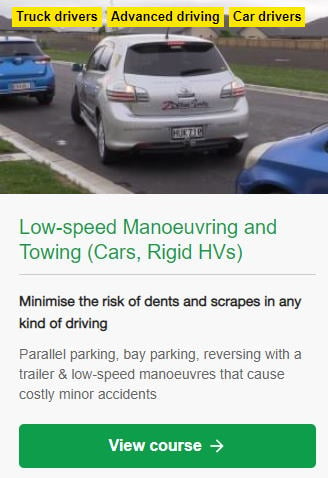There are three types of parking:
- Bay parking
- Parallel parking
- Angle parking
Bay parking
Bay parking is perpendicular (at 90 degrees) to a kerb or structure (e.g. a building). In this case, it is safest to reverse in:
- When reversing in, you control the traffic flow and, as long as you’ve clearly indicated to the drivers behind that you are performing a manoeuvre, they should understand to stop and give you space.
- When driving out of the parking space, you have better visibility and can make a quicker manoeuvre; it’s safer than having to reverse out into moving traffic, especially as it’s often difficult to see when reversing.
- Reversing in and driving out forwards is safer for cyclists because you have better visibility of the space.
- The vehicle is more manoeuvrable in reverse. If you try to drive in forwards, you have to swing out wide to get the right angle.
- It puts your boot next to the kerb, which is safer for unloading and loading.
- If your car refuses to start, your engine bay is in a more convenient location for breakdown services to attend to it.
- Reversing in uses less fuel. This is because you should do your low-speed manoeuvring with a warm engine. When you reverse in, your engine is already warm.
- In most vehicles, the rear of the car is higher than the front lip, meaning less chance that you’ll damage your car on the kerb.
Some companies mandate reverse bay parking for safety reasons.
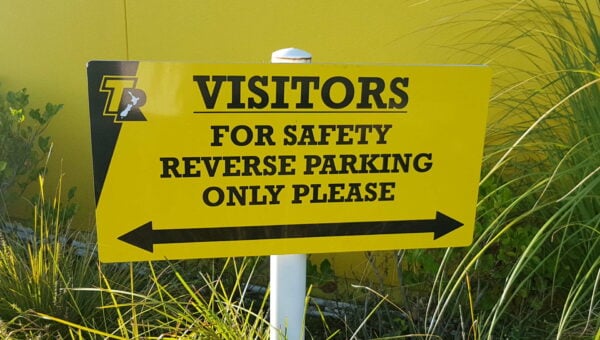
Parallel parking
Parallel parking is when you park with the wheels up against the kerb. If the available space is at least three times the length of the vehicle, then it’s possible to drive in forwards, although getting close to the kerb might require shuffling backwards and forwards. It’s safest to go in forwards if there’s room to make the manoeuvre because you don’t have to hold up traffic.

If the space is small, then reversing in is the only option. The best strategy is to pull alongside the vehicle in front of the space, reverse until your rear wheel is alongside that vehicle’s rear bumper, then turn 45 degrees towards the kerb. Approximately when your wing mirror is in line with the outside edge of that car, start turning back. The actual position will depend on the length of your car, though.
Parallel parking is best on roads where there’s not enough room for bay parking or angle parking.
Angle parking
Until recently, all angle parking in New Zealand was driving in forwards.
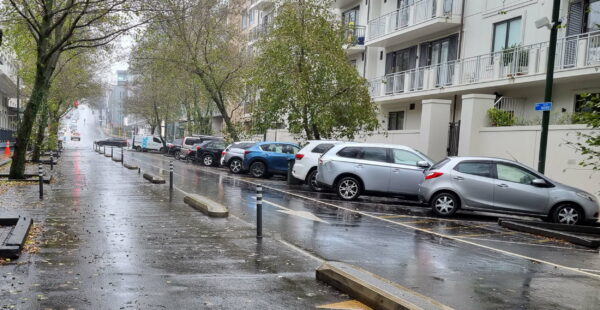
While this is an easy way to park, it still means reversing out into the traffic flow where your view can be blocked by the vehicle next to you.
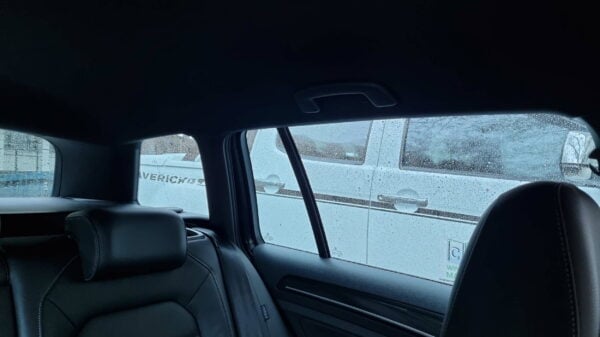
There are now areas with reverse angle parking, and this has the same advantages as reverse bay parking.
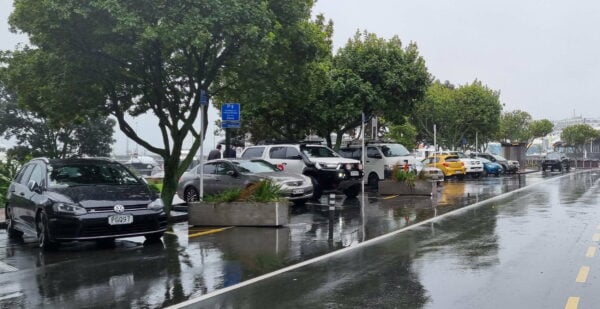
Do you struggle with reverse parking?
Some people shun reversing manoeuvres because they’ve never been taught properly. This online course will give you proven strategies to get your reversing right every time, whether it’s parking, three-point turns or backing out of or into a driveway.
Click on the link to the left to view the course.

